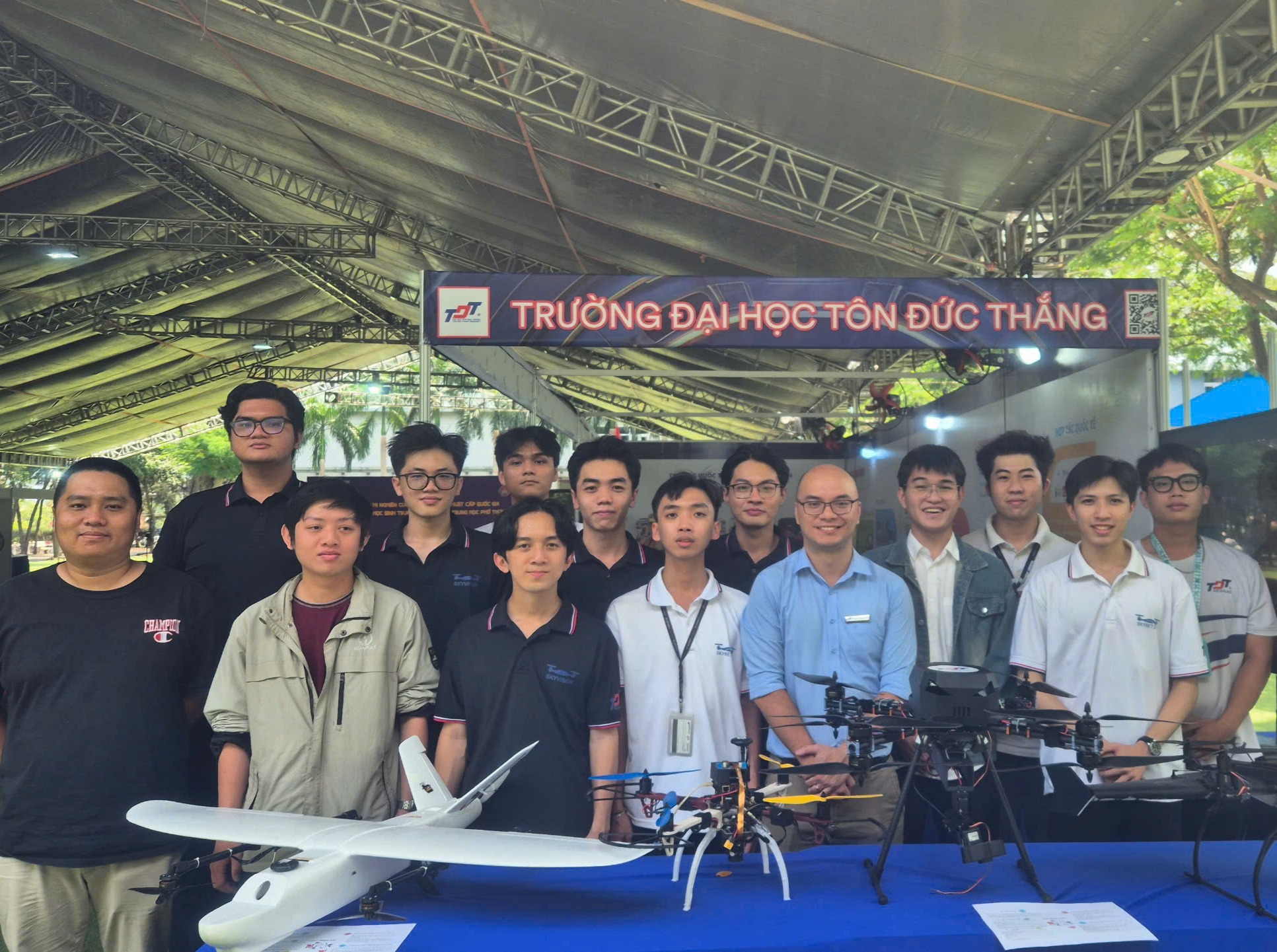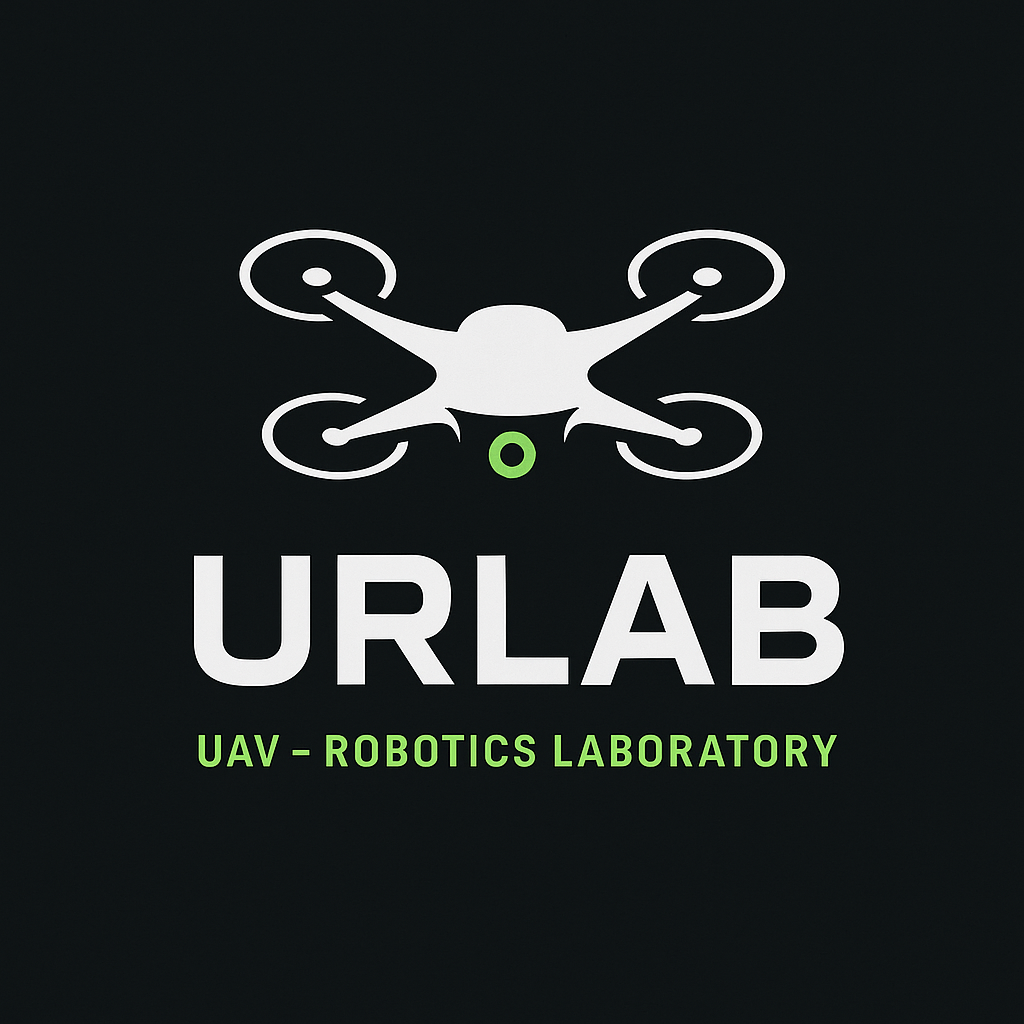ABOUT URLab
Learn about our history, mission, and vision
Our History
URLab was officially established on February 10, 2025, originating from a group of passionate members who had previously participated in an international UAV competition at the university. Although we've only been active for two months, we've grown into a team of 16 members from various disciplines and fields.
What unites all of our members is a shared passion for UAVs and a desire to develop practical robotics products that bring real value to society.
With a foundation rooted in our team's diversity of expertise and a spirit of innovation, URLab is steadily establishing its position in the field of UAV research and development.

Mission and Vision
Mission
Our mission is to drive the development of UAV and robotics technologies through research, innovation, and STEM education. We are committed to creating safe, efficient, and sustainable UAV solutions that address real-world challenges across multiple sectors.
Vision
Our vision is to become a world-leading center for UAV research and development — a place where breakthrough ideas are nurtured and advanced technologies are created. We envision a future where UAVs play a vital role in enhancing human life and protecting the environment.
Our Core Values
Guiding principles that define how we work, grow, and innovate together.
Proactiveness
- Take initiative without waiting for tasks to be assigned.
- Proactively solve problems and suggest improvements.
Responsibility
- Each individual is accountable for their work, progress, and outcomes.
- Commit to results without making excuses or avoiding responsibility.
Speed
- Prioritize fast action, fast learning, and quick adaptation.
- Optimize time to achieve the highest effectiveness.
Integrity
- Communicate honestly and transparently.
- Mistakes are acknowledged and shared for continuous improvement.
Collaboration
- Work in teams with a spirit of support, respect, and open information sharing.
- Put collective goals above personal interests.
Our Journey
A bold vision turned into reality — from an idea to a hub of innovation driving practical solutions with UAVs and AI.
Feb 2025
The Beginning of a Vision
On February 10, 2025, UAV-Robotics Laboratory was founded at Ton Duc Thang University under the guidance of Dr. Tran Thanh Nam and 12 passionate founding members. The lab began its mission to revolutionize technology with UAVs and AI by establishing communication channels and setting the foundation for future projects.
Mar 2025
Stabilization and Expansion
By March 2025, the lab solidified its foundation and formed research teams for two major projects: VTOL Maritime Recon UAV and Copter. The team welcomed 3 new members, participated in university-level research programs, and prepared for national and international competitions.
Apr 2025
Formation of Specialized Teams
In April 2025, the lab split into two focused teams: Skyholic, developing advanced UAVs including the VTOL Maritime Recon UAV; and Metsly, pioneering AI-based STEM solutions. Both teams actively competed and initiated impactful projects.
May 2025
First Milestones Achieved
By May 2025, the Skyholic team completed a prototype of the VTOL UAV and began implementing projects with schools and local agencies. The team earned several awards and expanded its influence in the technology community.
Jun 2025
Reaching New Heights
In June 2025, Skyholic was accepted into Vietnam's UII Innovation Incubator. The lab also achieved 7 faculty-level, 5 university-level research proposals, and 1 Eureka award finalist. These achievements solidified UAV-Robotics Laboratory as a hub for technological innovation.
Fields of Research and Development
Advancing the future of UAVs and AI through innovation, exploration, and real-world impact.
UAV Design and Fabrication
Researching and developing new UAV designs with enhanced performance and capabilities.
Autonomous Control Systems
Developing simple control algorithms for autonomous and semi-autonomous UAVs.
Image Processing and Sensors
Studying image processing techniques and integrating sensors for UAVs.
Rescue Applications
Developing solutions for coastal reconnaissance to detect rip currents, whirlpools, and for search and rescue in forests.
Environmental Monitoring
Utilizing UAVs to monitor and protect the environment, including pollution tracking and biodiversity observation.
STEM Education
Creating Drone Kits and Robotics Kits for students and learners.
